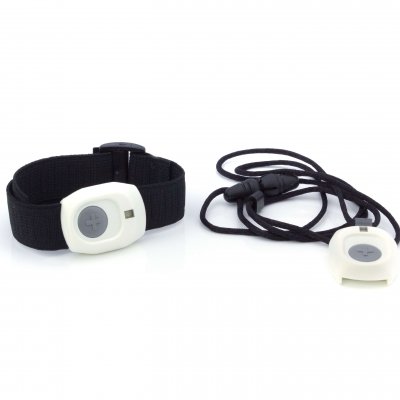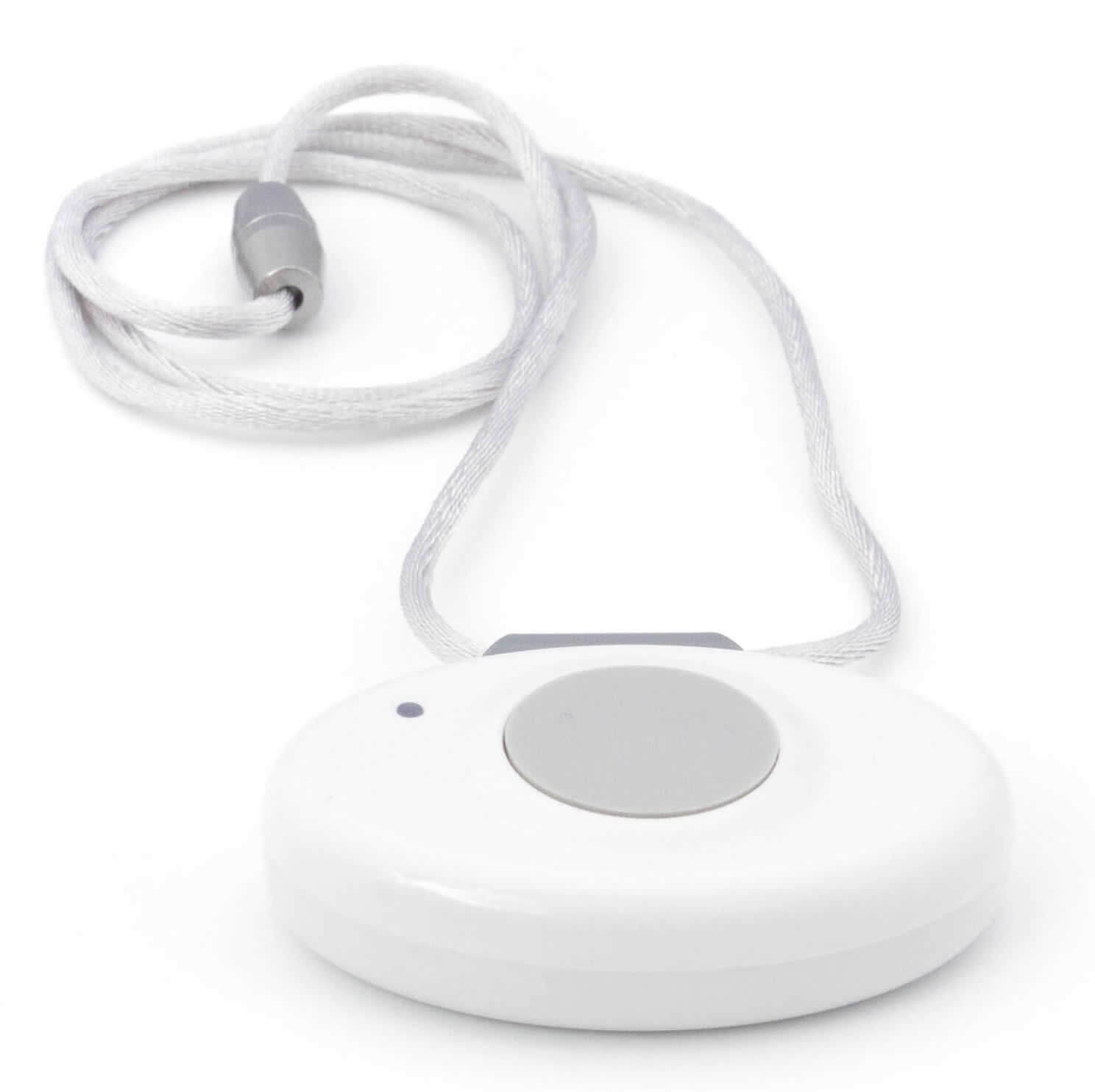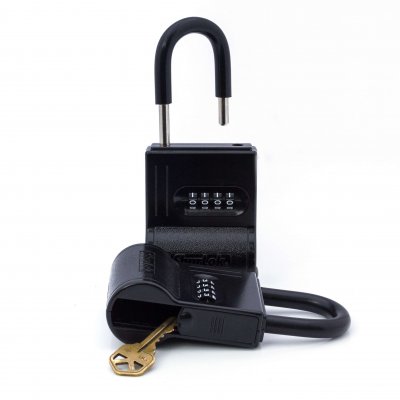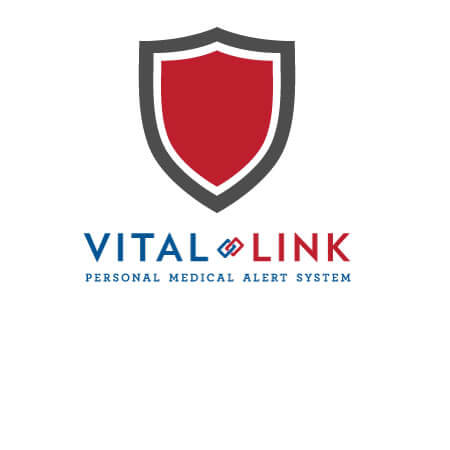How big is the problem?
- More than one third of adults 65 and older fall each year in the United States.
- Among older adults, falls are the leading cause of injury deaths. They are also the most common cause of nonfatal injuries and hospital admissions for trauma.
- In 2005, 15,800 people 65 and older died from injuries related to unintentional falls; about 1.8 million people 65 and older were treated in emergency departments for nonfatal injuries from falls, and more than 433,000 of these patients were hospitalized.
- The rates of fall-related deaths among older adults rose significantly over the past decade.
What outcomes are linked to falls?
- Twenty percent to 30% of people who fall suffer moderate to severe injuries such as bruises, hip fractures, or head traumas. These injuries can make it hard to get around and limit independent living. They also can increase the risk of early death.
- Falls are the most common cause of traumatic brain injuries(TBI), TBI accounted for 46% of fatal falls among older adults.
- Most fractures among older adults are caused by falls.
- The most common fractures are of the spine, hip, forearm, leg, ankle, pelvis, upper arm, and hand.
- Many people who fall, even those who are not injured, develop a fear of falling. This fear may cause them to limit their activities, leading to reduced mobility and physical fitness, and increasing their actual risk of falling (Vellas et al. 1997).
- In 2000, direct medical costs totaled $0.2 billion ($179 million) for fatal falls and $19 billion for nonfatal fall injuries.
Who is at risk?
- Men are more likely to die from a fall. After adjusting for age, the fall fatality rate in 2004 was 49% higher for men than for women.
- Women are 67% more likely than men to have a nonfatal fall injury.
- Rates of fall-related fractures among older adults are more than twice as high for women as for men.
- In 2003, about 72% of older adults admitted to the hospital for hip fractures were women.
- The risk of being seriously injured in a fall increases with age. In 2001, the rates of fall injuries for adults 85 and older were four to five times that of adults 65 to 74.
- Nearly 85% of deaths from falls in 2004 were among people 75 and older.
- People 75 and older who fall are four to five times more likely to be admitted to a long-term care facility for a year or longer.
- There is little difference in fatal fall rates between whites and blacks, ages 65 to 74.
- After age 75, white men have the highest fatality rates, followed by white women, black men, and black women.
- White women have significantly higher rates of fall–related hip fractures than black women.
- Among older adults, non–Hispanics have higher fatal fall rates than Hispanics.
How can older adults prevent falls?
Older adults can take several steps to protect their independence and reduce their risk of falling. They can:
- Exercise regularly; exercise programs like Tai Chi that increase strength and improve balance are especially good.
- Ask their doctor or pharmacist to review their medicines–both prescription and over-the counter–to reduce side effects and interactions.
- Have their eyes checked by an eye doctor at least once a year.
- Improve the lighting in their home.
- Reduce hazards in their home that can lead to falls.
Is an ounce of prevention truly worth a pound of cure?The real question is: Should you have a safety device in place, such as a medical alert system, just in case a fall happens?
Of course, only you can answer this question. If you think it makes sense to have the ” insurance” of a medical alarm like Vital-Link … then may be you should have such a safety device … before you actually need it. The stats seem to indicate that most people wait … just a little too long. About 90% of our calls for a Vital-Link medical alarm come to us after … the fall or heart attack or stroke … most people are not proactive in this regard. It seems that most people decide to get an emergency response system for themselves after some sort of precipitating event. The question that really needs to be answered is why do people at risk … put off … getting a medical alarm button that could summon help without them having to get to their telephone? The only answer we have come up with is … human nature … it seems that most people think that only other people fall. Or, some people who have fallen once seem to think … “well it happened once … it probably won’t happen again”. The statistics above seem to indicate differently. Consider putting some sort of medical alarm device in place prior to a fall … a fall that could greatly disrupt your currently independent lifestyle. From the statistics above one possible conclusion that may be drawn is … If a fall occurs … the sooner one gets help … they increase the likelihood of a better outcome (such as shorter hospital stays and shorter rehab times, etc.). It seems that help may happen sooner if there is a senior safety system in place … such as the Vital-Link pendant or wristband. Click here to learn more about the Vital-Link Emergency Response Medical Alarms.




